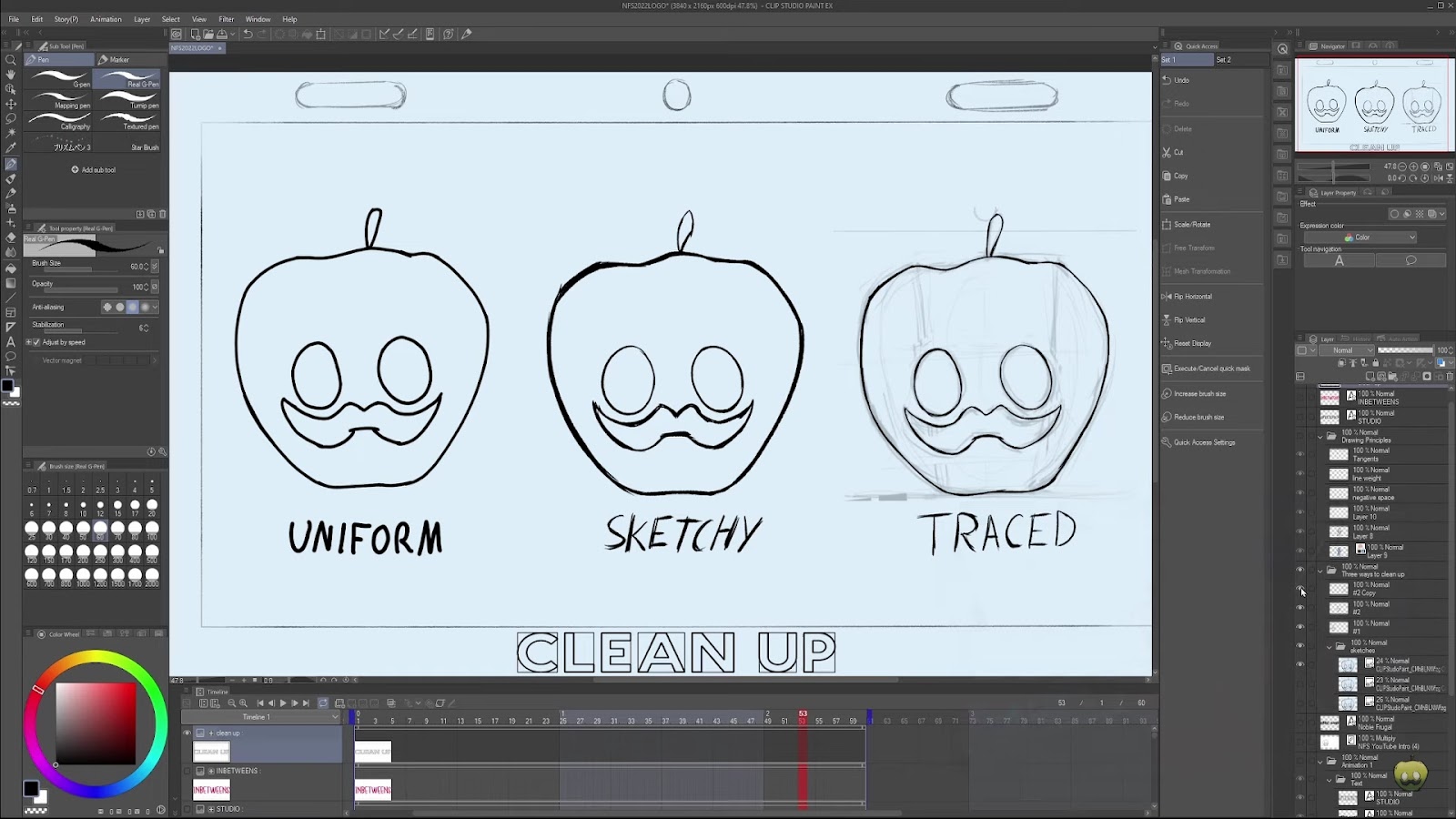Morphing animation is a revolutionary technique in the animation and filmmaking industry. It involves the seamless transition from one image or shape to another. It was initially achieved through film-dissolving techniques. With the advent of computer software in the early 1990s, the transition process became more realistic. The concept of morphing can be applied to audio recordings too, such as transitioning between different vocal lines or voices.
The Evolution of Morphing Animation
Morphing is no longer an exclusive tool for high-budget productions. Thanks to technological advancements, even amateur creators can use software to produce morphing effects from the comfort of their homes. This democratization of animation tools has led to an increased use and popularity of morphing techniques.
Distinction Between Morphing and Tweening
Morphing and tweening are both advanced flash animation techniques but they serve different purposes. Morphing allows a smooth transition from one face or shape to another, whereas tweening, also known as in-betweening, lets users manipulate the size, color, and location of an animated character, and construct intermediary frames when transitioning between images. While they may seem similar, their functional differences will be highlighted and explained in this article.
Different Types of Morphing in Animation
Morphing techniques can be categorized into:
- Max Speed Morphing: Commonly used in movies, this involves morphing objects in motion, like a transforming spaceship;
- Direct Morphing: Ideal for simpler animations, it’s used to transition simple shapes, for instance, from a square to a circle;
- 3D Morphing: This technique is used in 3D modeling, not in the film industry. Each motion or posture has a morph target, which helps animate non-skeletal objects.
Historical Journey of Morphing in Animation
Digital morphing shot to fame in the late 1980s and early 1990s in Hollywood. As the film industry began to adopt digital technology for production and editing, morphing techniques also evolved. Whisking the audience through a magical journey, movies like “Flight of the Navigator” and “Terminator 2: Judgement Day” leveraged digital morphing to create breathtaking visual effects that left spectators in awe.
Instances of Morphing in Iconic Films
Morphing has played a pivotal role in creating unforgettable moments in cinema. Films like “Flight of the Navigator” and “Terminator 2: Judgement Day” harnessed the power of morphing to astonish the viewers with stunning visual effects. The transformative prowess of morphing was exhibited splendidly by turning the dreaded antagonist T-1000 into different forms.
The Mechanics of Morphing
Morphing begins with a source image, which transitions into a target image. The contours of the source are mapped out to create accurate models or find suitable videos of the targeted morph. Specialized software recognizes a series of points in both the original and morphed objects to ensure the important areas align. Subsequent in-between frames swap the pixels from the old object for the new one to complete the transformation.
Tutorial: Morphing in After Effects
Creating morphing effects in Adobe After Effects requires a series of steps which include splitting layers, trimming clips, masking objects, setting up the morph effect, setting source and destination masks, transitioning the objects, making the original object invisible, and finally playing the transition. Taking the time to master these steps will allow you to create stunning morphs.
Practical Applications of Morphing Animation
In addition to its use in films and animations, morphing animation is also applied in various other sectors such as education, advertising, gaming, and many more. For instance, educators can utilize morphing animation to demonstrate the life cycle of a butterfly, marketers can use it to create eye-catching advertisements, and game developers can incorporate it into their character design process.
The Future of Morphing Animation
The limitless potential of morphing animation continues to shape the future of digital art and animation. With advances in technology like augmented reality (AR) and virtual reality (VR), morphing animation will play a key role in creating more immersive and interactive experiences. Research is already underway to create more efficient algorithms for morphing animation, promising much more to come in the future.
Comparative Table of Morphing Animation Techniques
| Feature/Technique | Traditional Morphing | Digital 2D Morphing | 3D Morphing |
|---|---|---|---|
| Definition | Early method using cross-dissolves between images. | Utilizes software to interpolate and blend 2D images. | Involves transforming 3D models through software manipulation. |
| Visual Impact | Smooth but limited by the number of frames and physical labor. | Highly detailed and allows for intricate transitions. | Produces lifelike and three-dimensional transitions. |
| Flexibility | Limited to the artist’s ability to create intermediate frames. | High flexibility with the ability to adjust and animate complex shapes. | Extremely flexible, allowing for changes in texture, light, and perspective. |
| Applications | Early films, music videos. | Animation films, advertising, graphic design. | Movies (especially CGI), video games, virtual reality. |
| Technology Required | Traditional art tools, cameras for capturing frames. | Digital drawing tablets, specialized 2D animation software. | Advanced 3D modeling and animation software, powerful computing resources. |
| Skill Level | High artistic skill for creating frames. | Requires knowledge of 2D animation software. | Deep understanding of 3D modeling and animation principles. |
| Time and Cost | Time-consuming and labor-intensive, relatively low cost on technology. | Time-efficient with moderate costs related to software. | High cost for software and hardware, but time-efficient in skilled hands. |
Conclusion
Morphing animation has transcended the realms of animation and filmmaking, proving to be a versatile tool in the digital art world. By understanding the nuances of morphing animation, you can transform your ideas into captivating digital art. As we embrace the future of animation, morphing continues to be an indispensable part of the animator’s toolkit. Whether you are an enthusiast or a seasoned professional, mastering morphing animation can catapult your creative potential to new heights.



